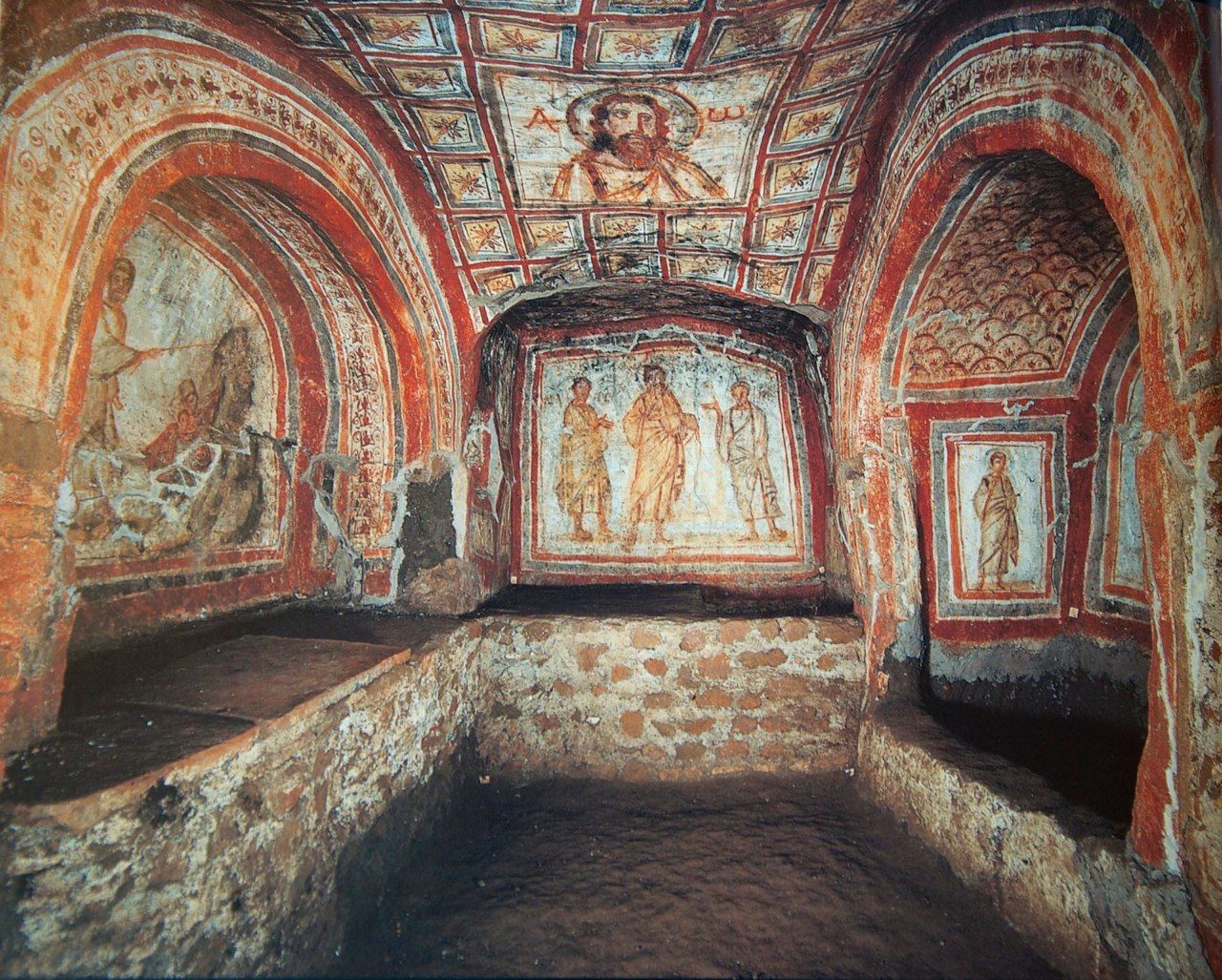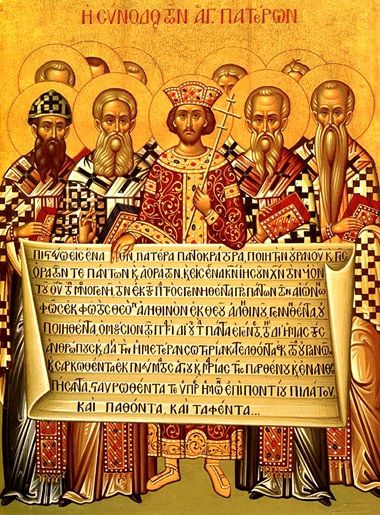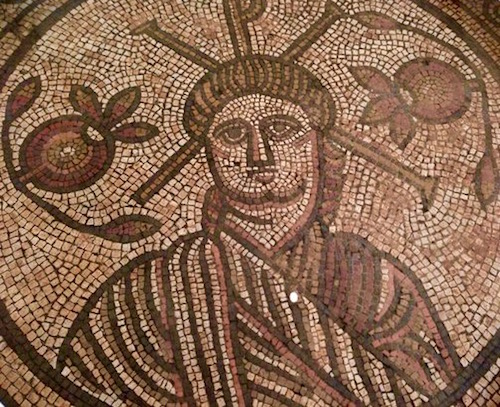 Apostles’ Creed
Apostles’ Creed
Compiled by early Roman Christians.
I believe in God the Father Almighty, Maker of heaven and earth.
And in Jesus Christ his only Son our Lord;
Who was conceived by the Holy Ghost, born of the Virgin Mary,
Suffered under Pontius Pilate, was crucified, dead, and buried;
He descended into hell; the third day he rose again from the dead;
He ascended into heaven, and sitteth on the right hand of God the Father Almighty;
from thence He shall come to judge the quick and the dead.
I believe in the Holy Ghost;
the holy catholic Church; the communion of saints;
the forgiveness of sins;
the resurrection of the body;
and the life everlasting. AMEN.
Compiled by by First Two Ecumenical Councils in the 4th Century.
I believe in one God the Father Almighty, Maker of heaven and earth, and of all things visible and invisible.
And in one Lord Jesus Christ, the only-begotten Son of God, begotten of his Father before all worlds, God of God, Light of Light, Very God of very God; begotten, not made; being of one substance with the Father; by whom all things were made; who for us men, and for our salvation, came down from heaven, and was incarnate by the Holy Ghost of the Virgin Mary, and was made man, and was crucified also for us under Pontius Pilate. He suffered and was buried; and the third day he rose again according to the Scriptures, and ascended into heaven, and sitteth on the right hand of the Father. And he shall come again with glory to judge both the quick and the dead, whose kingdom shall have no end.
And I believe in the Holy Ghost, the Lord and Giver of Life, who proceedeth from the Father; who with the Father and the Son together is worshipped and glorified, who spake by the prophets. And I believe one holy catholic and apostolic Church. I acknowledge one baptism for the remission of sins. And I look for the resurrection of the dead, and the life of the world to come. Amen.
Defined by the Fathers of the 4th Ecumenical Council in Chalcedon, 451 AD
Following, then, the holy fathers, we unite in teaching all men to confess the one and only Son, our Lord Jesus Christ. This selfsame one is perfect both in deity and in humanness; this selfsame one is also actually God and actually man, with a rational soul {meaning human soul} and a body. He is of the same reality as God as far as his deity is concerned and of the same reality as we ourselves as far as his humanness is concerned; thus like us in all respects, sin only excepted. Before time began he was begotten of the Father, in respect of his deity, and now in these “last days,” for us and behalf of our salvation, this selfsame one was born of Mary the virgin, who is God-bearer in respect of his humanness.
We also teach that we apprehend this one and only Christ — Son, Lord, only-begotten — in two natures; and we do this without confusing the two natures, without transmuting one nature into the other, without dividing them into two separate categories, without contrasting them according to area or function. The distinctiveness of each nature is not nullified by the union. Instead, the “properties” of each nature are conserved and both natures concur in one “person” and in one reality {hypostasis}. They are not divided or cut into two persons, but are together the one and only and only-begotten Word {Logos} of God, the Lord Jesus Christ. Thus have the prophets of old testified; thus the Lord Jesus Christ himself taught us; thus the Symbol of the Fathers (the Nicene Creed) has handed down to us.

